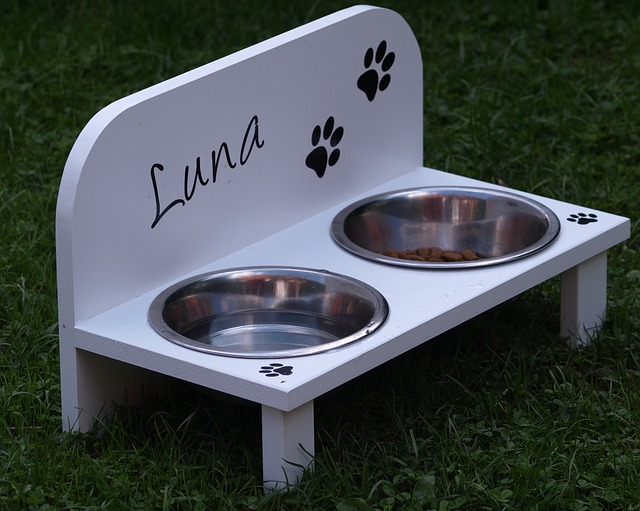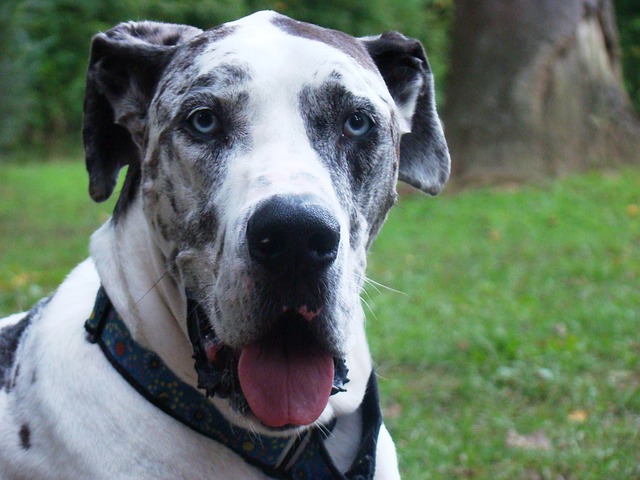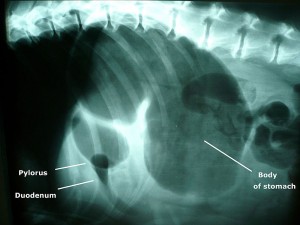You may have heard of dogs getting “bloat,” but do you know what it actually is? How about it’s mortality rate? What about warning signs and ways to prevent it?
We hate thinking about our dogs getting sick, but in life, some things are inevitable. All we can do is try our best to prevent certain conditions and know warning signs for early detection and treatment. We are our dogs’ advocates, and when it comes to keeping them healthy, knowledge is power! Read on to find out if your dog may be susceptible to bloat, and what you can do about it. And as always, consult with your vet about an individualized plan to keep your dog as healthy as possible.
What is bloat?
When the stomach is filled with air, fluid or food, it’s considered bloat. Bloating is extremely uncomfortable, and it can put pressure on other organs and cause difficulty breathing. However, the term “bloat,” when used with dogs, generally refers to a much more critical condition called gastric dilation volvolvus, or GDV. GDV happens when the bloated stomach becomes twisted in the abdomen. This causes great tension on internal organs and often leads to partial or total restriction of blood supply to other tissues. Suppression of the caudal vena cava, a large vein that returns blood to the heart, can very quickly lead to shock. Even when treated, it’s estimated that up to 40% of GDV cases result in death.
What causes bloat?
The exact cause of bloat/GDV remains unknown. There are, however, certain activities that are thought to contribute to bloat. Below are some suggestions that could reduce the risk of this tragic condition.
– Spread out your dogs’ meals during the day. Instead of feeding one large meal, feed half of the daily portion in the morning and evening.
– Limit or refrain from exercise 1-2 hours before and after your dog eats a meal.
– Do not raise the food bowl, unless directed by your veterinarian. It was thought that this decreased the risk of bloat in the past, but has since been thought to do the opposite.
– Do not allow excess consumption of water, especially after exercise and large meals. Large amounts of gulped water (or food) will increase the amount of air taken into the stomach.
– Feed diets free of or low in grains and other carbohydrates – the majority, such as corn, rice, wheat, soy and oatmeal, are highly likely to ferment and can produce gas in the stomach.
– Reduce stress for your pet. Stress, no matter the cause, is thought to be a contributing factor in cases of bloat.
Tacking, or prophylactic gastropexy, is a surgical procedure that attaches (or tacks) the stomach lining to the abdomen. This is often done in high-risk breeds, and can help keep a bloated stomach from twisting. If your dog has experienced GDV, it is highly recommend to have this procedure done as the incidence of reoccurrence is extremely high.

Which breeds are most susceptible to bloat?
Certain breeds of dogs, particularly with large, deep chests, are thought to be at a higher risk for GDV. These breeds include Great Danes, Doberman Pinschers, German Shepherds, Weimaraners, Irish Setters, Labrador Retrievers, Irish Wolfhounds, Boxers and Standard Poodles. With that said, any breed of dog can develop bloat.

What are the symptoms of bloat?
It’s extremely important to know the early symptoms of bloat. Remember, almost half of the cases caught early enough to receive veterinary treatment still result in death. GDV is a true emergency, and the earlier you can recognize the signs, the better. Symptoms to watch out for include:
– Distended stomach
– Sudden lethargy, or restlessness and pacing
– Weakness
– Excessive salivation
– Unsuccessful attempts at vomiting
– Pale mucous membranes, such as the gums
– Shortness of breath
– Collapse

It’s always better to be safe than sorry. GDV is a medical emergency that needs immediate veterinary treatment. Taking your dog to the vet at the first sign of these symptoms can save your dog’s life. GDV is a devastating experience, and veterinarians around the world are trying to figure out the causes so we can prevent this tragedy once and for all. Until then, do what you can to limit the risks and keep an eye out for your furry loved one.
SHARE this, it just might save a life!

